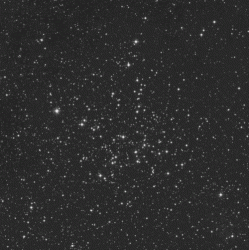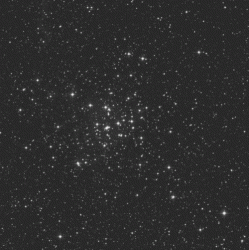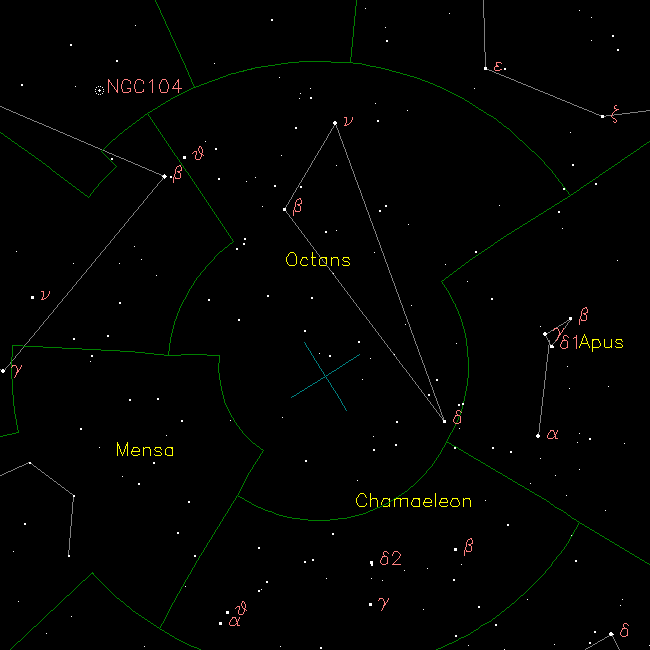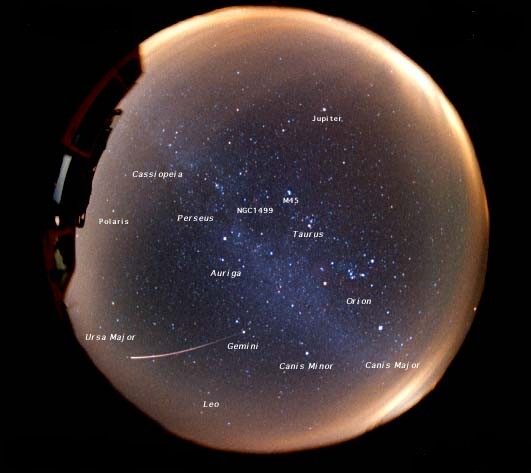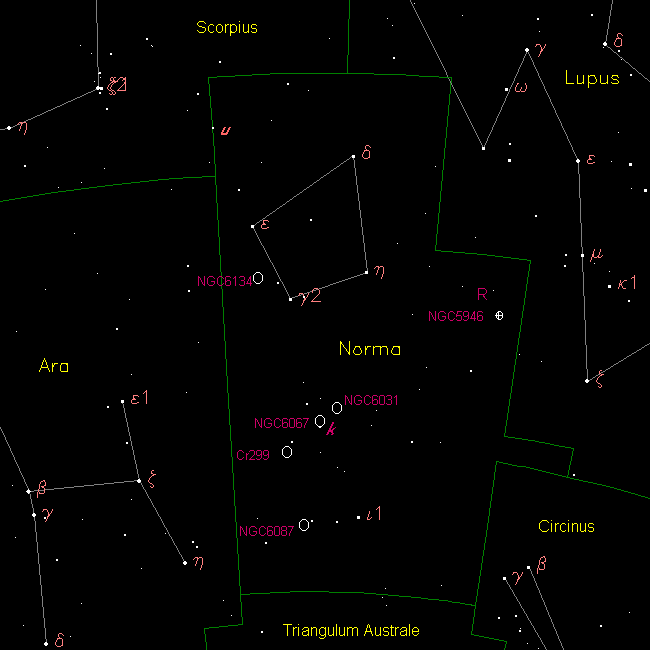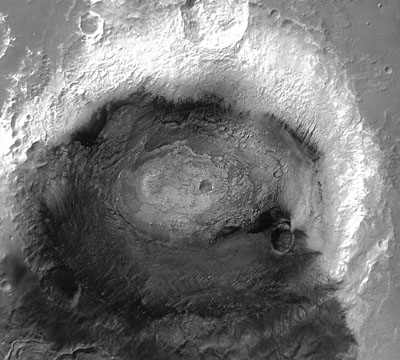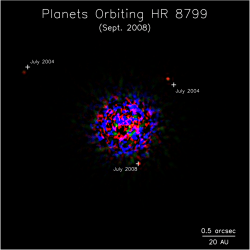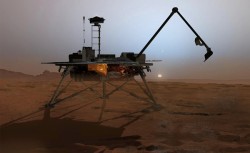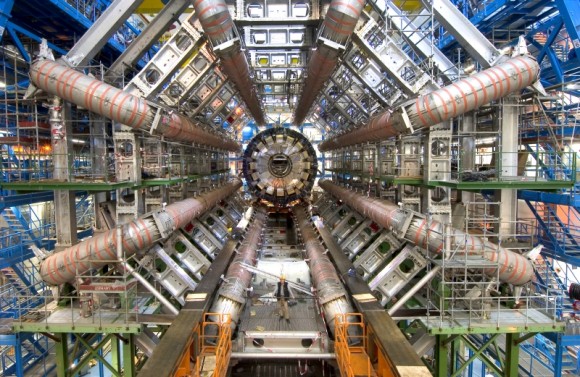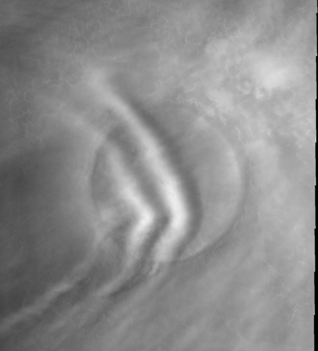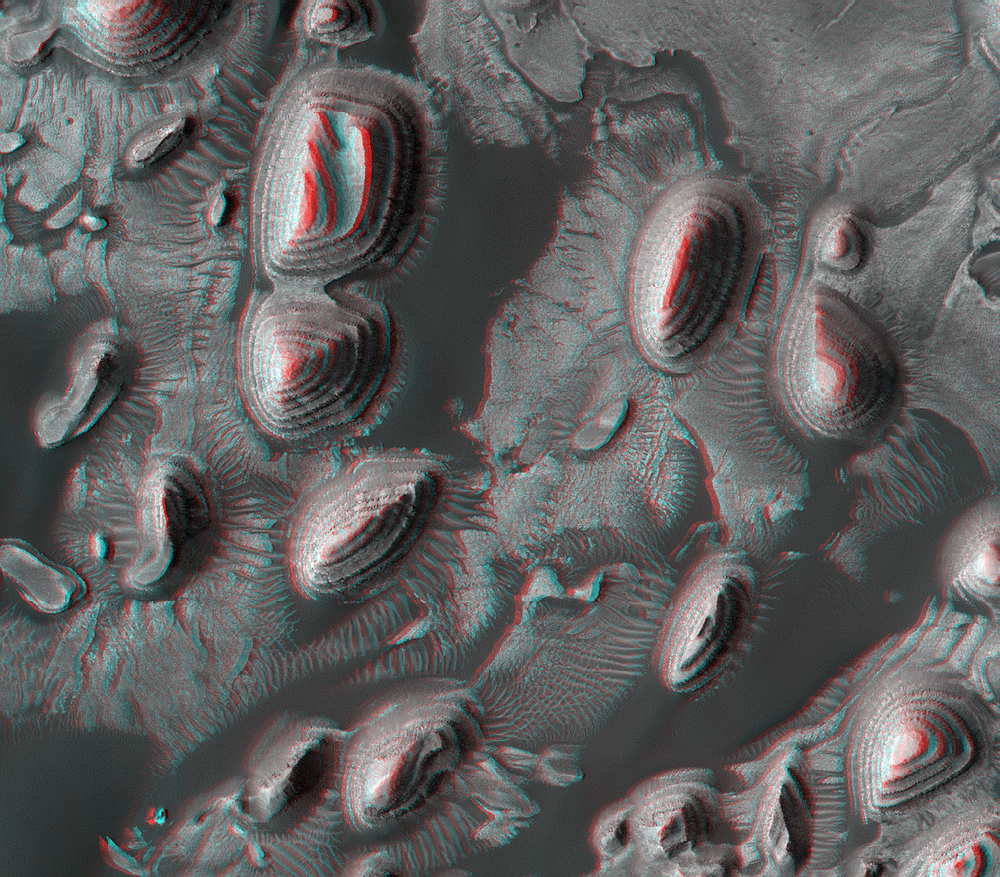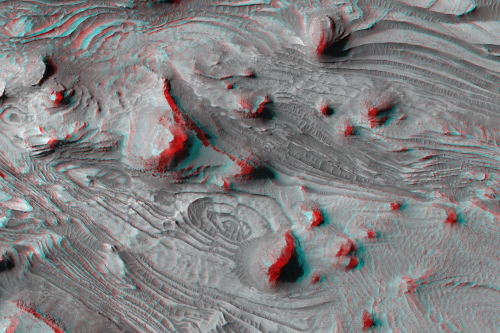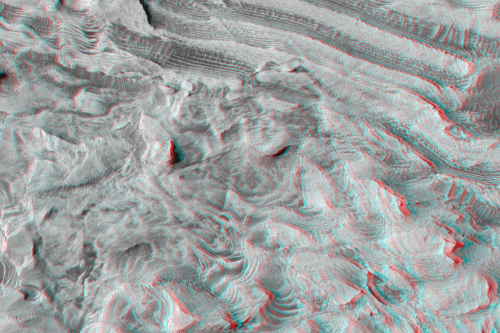[/caption]
“And from the crew of Apollo 8, we close with good night, good luck, a Merry Christmas and God bless all of you – all of you on the good Earth.” -Frank Borman from Apollo 8, December 24, 1968
Greetings, fellow SkyWatchers! It’s Friiiiiiday and time to start the weekend in a stellar way! So what if it’s Full Moon? It’s the “Moon Before Yule” so let’s explore some of the myths that surround it and a nice double star, too. By Saturday you’ll be enjoying the Geminid Meteor Shower and just enough time to catch a planetary nebula before the Moon rises. End the weekend in a Messier kind of way as we take a look in Auriga at two of its finest. Time to get out your binoculars and telescopes and head out into the Moonrise….
 Friday, December 12, 2008 – Today we honor the birth of S. W. Burnham. Born in 1838, this American astronomer spent 50 years of his life surveying the night sky for double stars. Although at the time it was believed that all visual binaries had been accounted for, Burnham’s work was eventually published as the General Catalogue of 1290 Double Stars. His keen eye and diligent study opened the doors for him at observatories such as Yerkes and Lick. His lifetime count of binaries discovered eventually reached 1340. He was also the very first to observe what would eventually be termed a “Herbig-Haro object,” and he discovered six NGC and twenty-one IC objects.
Friday, December 12, 2008 – Today we honor the birth of S. W. Burnham. Born in 1838, this American astronomer spent 50 years of his life surveying the night sky for double stars. Although at the time it was believed that all visual binaries had been accounted for, Burnham’s work was eventually published as the General Catalogue of 1290 Double Stars. His keen eye and diligent study opened the doors for him at observatories such as Yerkes and Lick. His lifetime count of binaries discovered eventually reached 1340. He was also the very first to observe what would eventually be termed a “Herbig-Haro object,” and he discovered six NGC and twenty-one IC objects.
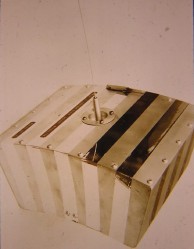 Today in 1961, OSCAR 1 was launched. The project started in 1960; the name stands for Orbital Satellite Carrying Amateur Radio. OSCAR 1 operated in orbit for 22 days, transmitting a signal in Morse Code – the simple greeting “Hi.” The success of the mission helped to promote interest in amateur radio which continues to this day!
Today in 1961, OSCAR 1 was launched. The project started in 1960; the name stands for Orbital Satellite Carrying Amateur Radio. OSCAR 1 operated in orbit for 22 days, transmitting a signal in Morse Code – the simple greeting “Hi.” The success of the mission helped to promote interest in amateur radio which continues to this day!
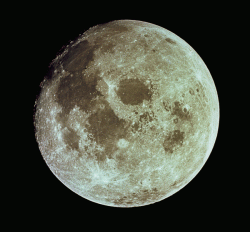 Tonight it’s the “Full Moon before Yule.” Not only that, but the Moon is at perigee – its closest point to the Earth. While you might hear a tall tale or two about it being brighter than normal since it is also close to solstice, judge for yourself! Is it truly brighter? Or just an illusion? While you’re out, turn a telescope Selene’s way and let’s scan the surface. On the eastern limb we see the bright splash ray patterns surrounding ancient Furnerius – yet the rays themselves emanate from the much younger crater Furnerius A. All over the visible side, we see small points light up: a testament to the Moon’s violent past written in its scarred lines. Take a look now at the western limb…for the sunrise is about to advance around it.
Tonight it’s the “Full Moon before Yule.” Not only that, but the Moon is at perigee – its closest point to the Earth. While you might hear a tall tale or two about it being brighter than normal since it is also close to solstice, judge for yourself! Is it truly brighter? Or just an illusion? While you’re out, turn a telescope Selene’s way and let’s scan the surface. On the eastern limb we see the bright splash ray patterns surrounding ancient Furnerius – yet the rays themselves emanate from the much younger crater Furnerius A. All over the visible side, we see small points light up: a testament to the Moon’s violent past written in its scarred lines. Take a look now at the western limb…for the sunrise is about to advance around it.
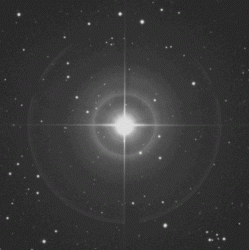 Now, let’s take a visual journey about a fistwidth west-southwest of brilliant Aldebaran to take a look at Lambda Tauri (RA 04 00 40 Dec +12 29 25). Although it has no proper name, it is one of the very brightest of eclipsing variable stars, and was one of the first to be identified as such, in 1848. Orbiting about 13 million kilometers away from the primary star is its spectroscopic companion – so close that we can only distinguish the two stars by the changes which take place about every four days. Keep an eye on Lambda and watch as it drops sharply by almost a magnitude one night, and recovers less than 24 hours later!
Now, let’s take a visual journey about a fistwidth west-southwest of brilliant Aldebaran to take a look at Lambda Tauri (RA 04 00 40 Dec +12 29 25). Although it has no proper name, it is one of the very brightest of eclipsing variable stars, and was one of the first to be identified as such, in 1848. Orbiting about 13 million kilometers away from the primary star is its spectroscopic companion – so close that we can only distinguish the two stars by the changes which take place about every four days. Keep an eye on Lambda and watch as it drops sharply by almost a magnitude one night, and recovers less than 24 hours later!
Saturday, December 13, 2008 – Today in 1920, the first stellar diameter was measured by Francis Pease with an interferometer at Mt. Wilson. His target? Betelgeuse! While you’re out enjoying the Geminid Meteor Shower tonight, see if you can spot the brilliant orange giant as it rises!
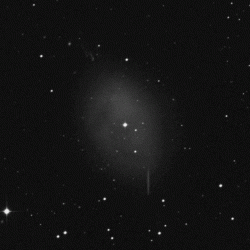 How about something a little more suited to the mid-sized scope tonight? Set your sights on Alpha Fornacis and let’s head about three fingerwidths northeast (RA 03 33 15 Dec -25 52 18) for NGC 1360. In a 6″ telescope, you’ll find the 11th magnitude spectroscopic double star in the center of this planetary nebula to be very easy – but be sure to avert because the nebula itself is very elongated. Like most of my favorite things, this planetary is a rule-breaker since it doesn’t have an obvious shell structure. But why? Rather than believe it is not a true planetary, studies have shown that it could quite possibly be a very highly evolved one – an evolution which has allowed its gases to begin to mix with the interstellar medium. Although faint and diffuse for northern observers, those in the south will recognize this as Bennett 15!
How about something a little more suited to the mid-sized scope tonight? Set your sights on Alpha Fornacis and let’s head about three fingerwidths northeast (RA 03 33 15 Dec -25 52 18) for NGC 1360. In a 6″ telescope, you’ll find the 11th magnitude spectroscopic double star in the center of this planetary nebula to be very easy – but be sure to avert because the nebula itself is very elongated. Like most of my favorite things, this planetary is a rule-breaker since it doesn’t have an obvious shell structure. But why? Rather than believe it is not a true planetary, studies have shown that it could quite possibly be a very highly evolved one – an evolution which has allowed its gases to begin to mix with the interstellar medium. Although faint and diffuse for northern observers, those in the south will recognize this as Bennett 15!
 Sunday, December 14, 2008 – Today was a very busy day in astronomy history. Tycho Brahe was born in 1546. Brahe was a Danish pre-telescopic astronomer who established the first modern observatory in 1582 and gave Kepler his first job in the field. And in 1962, the Mariner 2 spacecraft made a flyby of Venus and became the first successful interplanetary probe.
Sunday, December 14, 2008 – Today was a very busy day in astronomy history. Tycho Brahe was born in 1546. Brahe was a Danish pre-telescopic astronomer who established the first modern observatory in 1582 and gave Kepler his first job in the field. And in 1962, the Mariner 2 spacecraft made a flyby of Venus and became the first successful interplanetary probe.
The Moon will rise a little later this evening, but we’re going to run ahead of it tonight and enjoy some studies in Auriga! Looking roughly like a pentagon in shape, start by identifying the brightest of these stars – Alpha Aurigae (Capella). Due south of it is the second brightest star, Beta (Menkalinan). After aiming binoculars at Beta, go north about one-third the distance between the two and enjoy all the stars!
You will note two very conspicuous clusters of stars in this area, and so did Le Gentil in 1749. Binoculars will show them both in the same field, as will telescopes using lowest power. The dimmest of these clusters is M38 (RA 05 28 43 Dec +35 51 18), and it will appear vaguely cruciform in shape. At roughly 4200 light-years away, larger aperture will be needed to resolve the 100 or so fainter members. About two and a half degrees to the southeast you will see the much brighter M36 (RA 05 36 12 Dec +34 08 24). More easily resolved in binoculars and small scopes, this “jewel box” galactic cluster is quite young – and about 100 light-years closer!
Until next week… Ask for the Moon, but keep on reaching for the stars!
This week’s awesome images are: S. W. Burnham (historical image), OSCAR 1 (archival image), Earth’s Moon – Apollo 11, Credit: NASA, Lambda Tauri – Credit: Palomar Observatory, courtesy of Caltech, NGC 1360 – Credit: Palomar Observatory, courtesy of Caltech, M38 and M36 – Credit: Palomar Observatory, courtesy of Caltech. We thank you so much!


